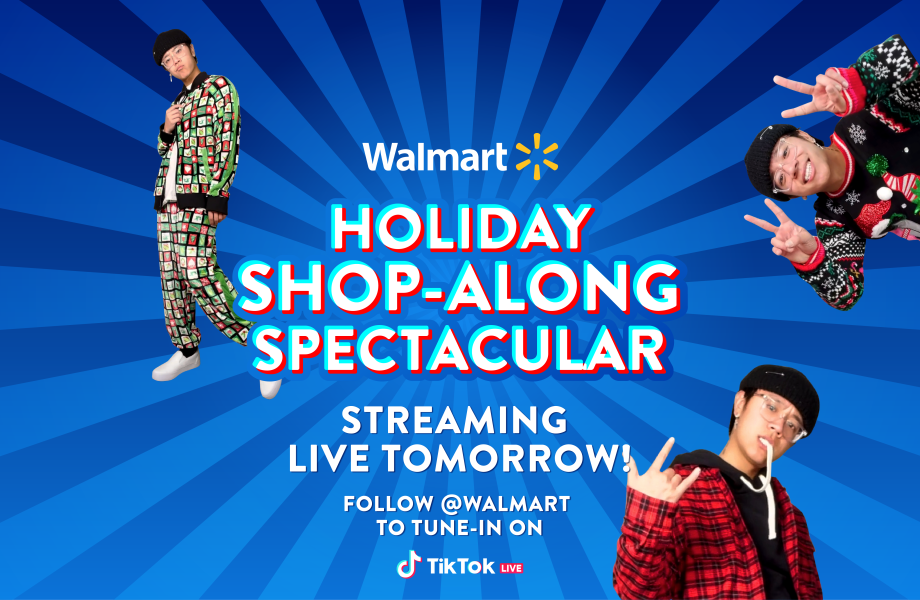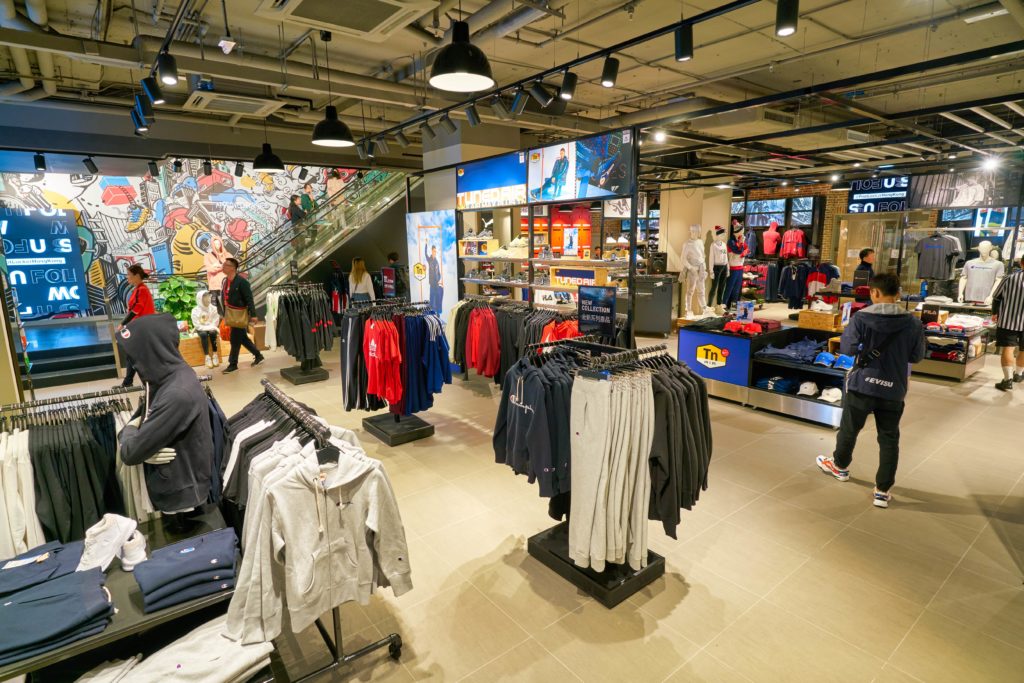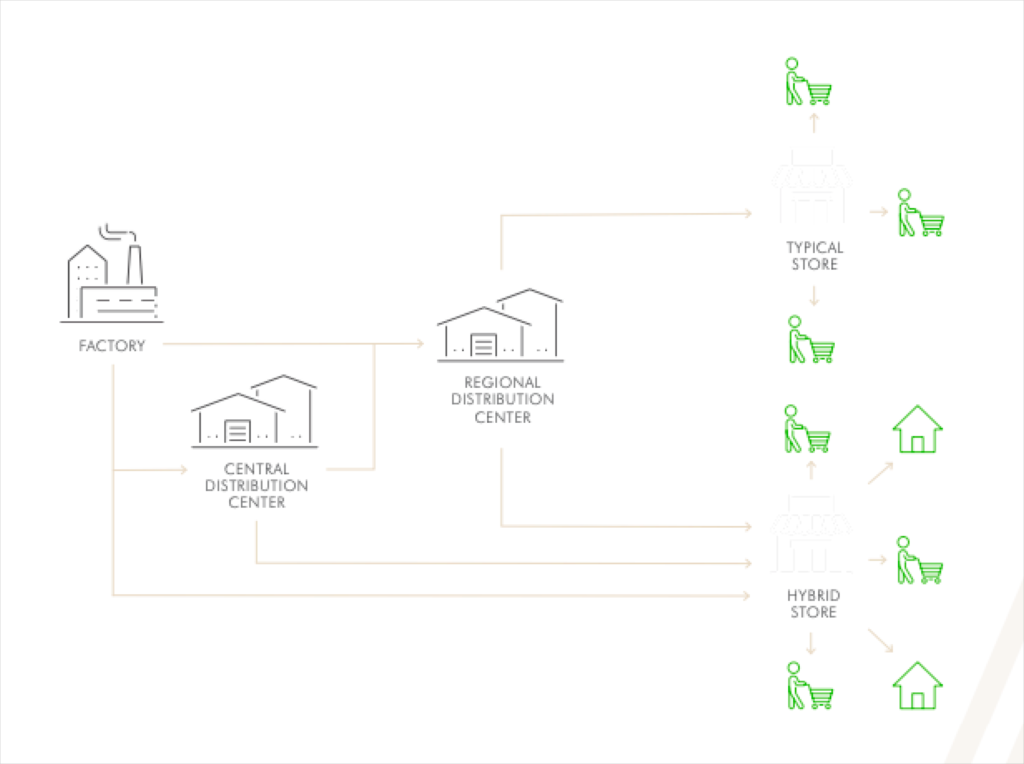The beginning of a new year is usually the time for retailers to identify their strategy, and keeping up with retail trends is essential to a successful plan. Read our article to explore 6 key trends that will shape the 2021 retail landscape.
Table of contents
- Retail trend 1. Consumers embrace new conveniences.
- Retail trend 2. Contactless payment popularity is rising.
- Retail trend 3. More and more consumers shop locally.
- Retail trend 4. A brand that stays in agile marketing will win.
- Retail trend 5. Omnichannel hybrid stores model will be the future of retail.
- Retail trend 6. Social commerce is on the rise.
Back in 2020, according to Google Trend, Covid was the top trending search on Google. This pandemic has caused a financial crisis three times worse than the 2008 recession. It has disrupted day to day life and put the healthcare system under immense pressure.
However, it has both negative and positive impacts on our life. We have also witnessed the rapid digitalization of many retailers to adapt quickly to volatility. Some retailers that benefited from the social distance such as Food 52 overcame the shock and even thrived.
What are the retail trends for 2021?
Retail trend 1. Consumers embrace new conveniences.
According to the National Retail Federation, convenience influences 52% of consumer purchases. Consumers nowadays are busier than ever. Not many people spend hours at the store looking for specific items. They’re willing to pay for convenience and spend time doing things that bring more values. That might be to stay with their family or do extra work.
The desire for convenience isn’t new. However, under the pandemic, consumers demand more convenience in every step of their shopping experience. They consider more factors during shopping such as safety or price transparency. For example, they would want to know the exact price before purchasing due to financial difficulties. Customers may not prefer the store that is near but unsafety. In the new normal, customers brace for new convenience.
Walmart in 2018, for instance, launched a grocery delivery service to help busy families save time shopping. Customers can shop from anywhere, schedule a time to receive items, and then get it shipped to their house or office.
In early 2021, Walmart upgraded this delivery service to a new level by partnering with HomeValet. Walmart’s grocery is placed in a temperature-controlled HomeValet smart box that is in front of the customer’s home. Their customers don’t need to plan their lives around when orders will be fulfilled. In the meantime, items still stay fresh because they’re preserved carefully. Additionally, this innovation helps people avoid close contact, so reducing the risk of COVID infections.
(Source: Linkedin)
Retail trend 2. Contactless payment popularity is rising.
Living under social distancing, consumers need to minimize social contact, even with point of sale devices in store. Touch-free payments such as Google Pay, Apple Pay, or tap-to-pay cards are on the rise as a result.
Let’s look at some remarkable statistics relating contactless payment in 2020.
- In Visa’ Back to business study, 78% of consumers said they have changed their shopping habits in the wake of Covid-19, including using contactless payments at checkout and using less cash.
- According to Techcrunch, nearly half (48%) of consumers said they wouldn’t shop at a store that offers only payment methods that require contact with a cashier or shared device.
- Mastercard reported 51% of U.S. consumers are using contactless payments in April 2020.
Contactless payments have been in use for more than for more than two decades now. However, the pandemic has compelled people to adopt this type of payment over others. It’s predicted to continue accelerating strongly in the new year.
- Contactless or mobile payments will be one of the top areas of tech Investment in 2021.
- According to Payments Journal, Visa plans to have 300 million contactless cards in the US by 2021. It’s likely that at least 75% of US merchants accept contactless payments.
It’s not too late for retailers to implement contactless payments in offline stores. By doing it, you’re not out of trend and even overtake competitors in this year.
Retail trend 3. More and more people shop locally.
Under Covid-19, more and more consumers want to support local businesses. Consumers are now also fond of local brands that reflect values or messages they are seeking.
According to retailtime, 66% of UK shoppers had a newfound appreciation of their communities and local shops since the onset of Covid-19. Convenience (50%), queues for bigger supermarkets (40%) and limits on travel (31%) are the top three reasons for people rediscovering shops on their doorstep.
Lockdown and social distance forced consumers to depend on the local stores in ways they hadn’t before. This trend will continue in 2021 when it becomes a habit.

Retail trend 4. A brand that stays agile in marketing will win.
During the recent crisis, consumer demand and behavior have rapidly evolved. In uncertain times, historical data over a long period may not predict future behavior accurately.
Retailers have to put the customers at the center of all activities with fast response, rapid iterations, numerous small experiments, and collaboration. That’s called agile marketing.
Marketers need to analyze and assess customer data in a real-time and continuously. Retailers that are listening actively to their customers will find opportunities to pivot and respond in ways that satisfy customers.
Case study #1: In the supply shortage of toilet paper affected by Covid, Cottonelle published a video to relieve consumer concerns and panics. In the video, Cottonelle assured that there would be enough to go around and they were working hard to get shelves restocked. Cottonelle also asked everyone to share #ShareASquare and commited 1 million to United Way, an US-based charity.
(Source: Youtube)
Case study #2: Dove has produced a range of campaigns that spread the beauty of healthcare workers in the fight with Covid. “Courage is beautiful” is the message that Dove wanted to convey to their customers.
Retail trend 5. Omnichannel hybrid store model will be the future of retail.
The pandemic has accelerated the emergence of a new omnichannel hybrid store model, which is the blending of offline stores and logistics.
A lot of physical stores are closed, but it doesn’t mean they are no longer important. eCommerce will not replace physical stores. Merchants will keep their stores still, but the stores will serve a different purpose.
Stores are no longer a location to exhibit items only. Some businesses use offline stores as fulfillment hubs for online channels. When the pandemic subsides and customers return, brick-and-mortar is an ideal place to introduce new items.
According to CBRE, the following are some key elements of omnichannel hybrid stores.
- Curbside pick up: A dedicated area in front of the store to pick up items without crowding the entrance.
- Dedicated return areas: Customers can shop online and then pick or return in a dedicated hub locker. This also helps merchants increase foot traffic to stores.
- Customization studio: A dedicated in-store studio equipped with virtual and augmented reality to engage more customers. It’s used for both online and offline consultations, events, and demonstrations.
- High-tech product experience & fitting room: Shoppers can try on apparel and accessories virtually.
- Checkout areas: Customers can pay through self-service kiosks by contactless payment methods to minimize social contact.
Retail trend 6. Social commerce is on the rise.
People nowadays spend more time on social media. According to Absolunet, 87% of eCommerce shoppers believe social media helps them make a shopping decision. Thus, it makes sense for retailers to be where their potential customers already are.
Now, merchants can set up their online store on both Facebook and Instagram. Consumers can shop directly in the app by simply clicking on the shopping cart icon.
Besides the emergence of Facebook and Instagram Shops, Walmart has partnered with TikTok on the first pilot test of a new shoppable product experience. TikTok users can shop from Walmart livestream without leaving the app.

Generally speaking, retailers can expect to see more social commerce in 2021, and by joining the trend, you can expand your customer base.
In a nutshell
Staying aware of the retail trends is an important factor that contributes to business success. By identifying trends and making changes to your strategy, you’ll gain an edge over your competition and elevate your business to a new level.
If you want to discuss more on this topic, let’s contact our retail experts.





![6 Best Shopify Shipping Rate Apps [2025] shopify shipping rate](https://blog.magestore.com/wp-content/uploads/2025/03/shopify-shipping-rate-270x180.png)
4 Comments
I think that customer satisfaction is a very important factor for businesses to succeed. And in 2021 and the upcoming year the social media will play a bigger role in customer services.
Your blog is nice, thanks for sharing information.
I was exactly looking for this type of information. Thanks for the facts that you have shared here!
Your blog highlights the significant shift in consumer behavior due to the COVID-19 pandemic, with a particular focus on the increasing popularity of contactless payments in 2020 and beyond. Notable statistics, such as 78% of consumers changing their shopping habits to include more contactless payments and 51% of U.S. consumers already using this method, illustrate the rapid adoption of this payment technology. The prediction that contactless payments will remain a top area of tech investment in 2021 is reinforced by Visa’s ambitious plan to issue 300 million contactless cards in the U.S. As a retailer, it’s clear that implementing contactless payment options can not only keep you in line with consumer preferences but also provide a safer and more convenient payment experience, potentially outpacing competitors in the process.